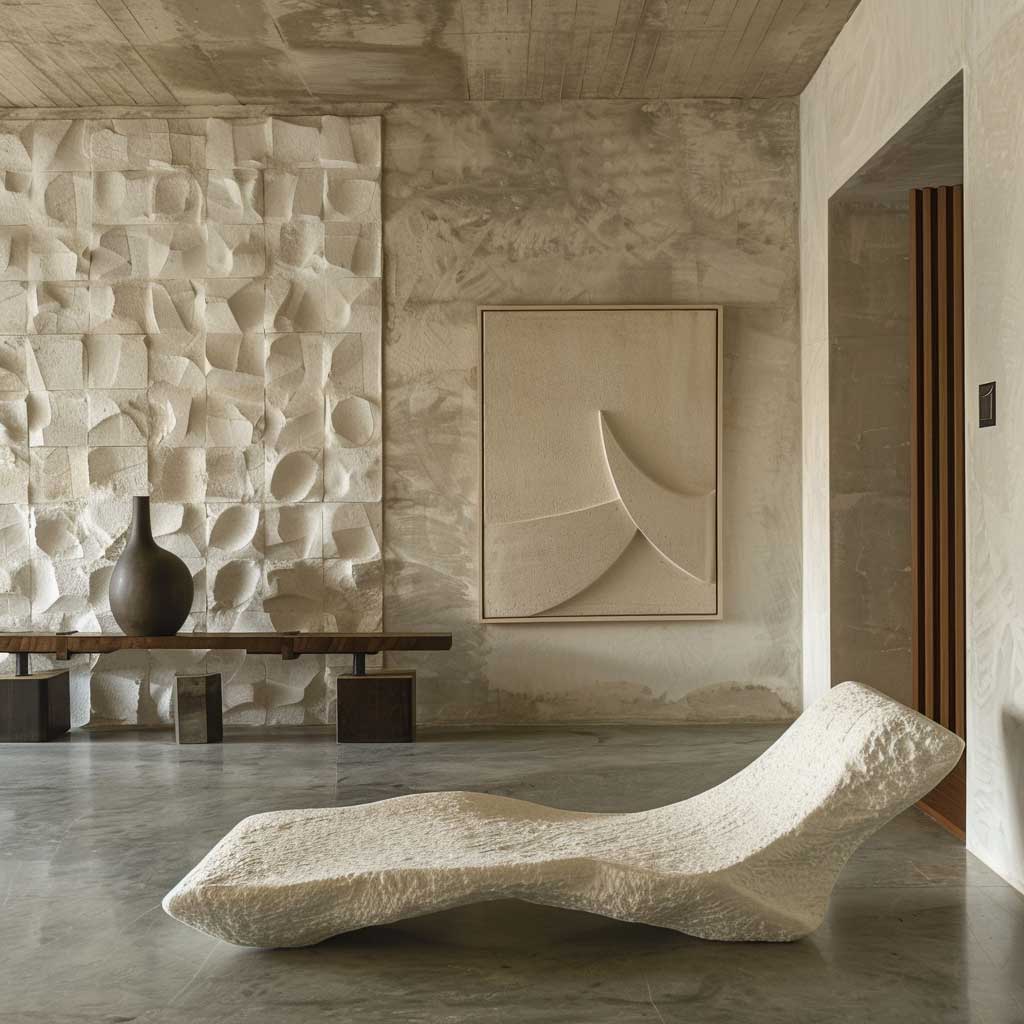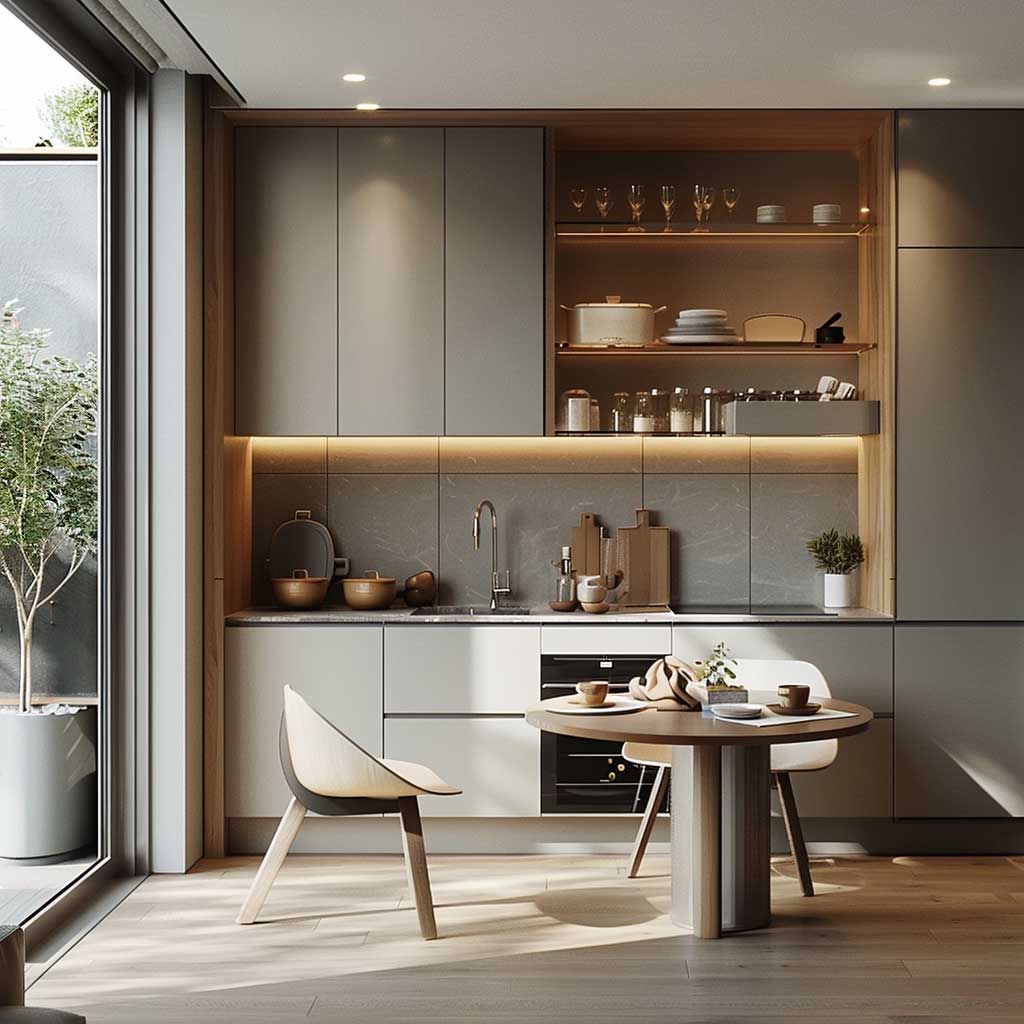Embracing a minimalist room design and painting strategy can transform your living space into a haven of tranquility and style. This approach is not merely about reducing clutter or choosing specific colors; it’s a philosophy that prioritizes functionality, simplicity, and elegance. In this guide, we explore how to curate your spaces to achieve a sleek home aesthetic. From selecting the right color palettes to choosing furniture that embodies minimalism, we’ll walk you through the essential steps to create rooms that are both aesthetically pleasing and immensely practical.
Harmony in Simplicity: Mastering Room Design and Painting




In the realm of interior design, there’s a delicate balance between functionality and style, a balance that’s perfectly embodied in minimalist room design and painting. The philosophy behind this approach is to create spaces that resonate with peace and harmony through the simplicity of their elements. This design ethos doesn’t just eliminate unnecessary clutter—it carefully curates each piece to ensure it serves a purpose while contributing to the overall aesthetic.
When envisioning a minimalist living space, imagine rooms bathed in natural light, where every piece of furniture, every stroke of paint, serves to enhance the feeling of serenity. The color palette is soothing, with an emphasis on soft, neutral tones that reflect light and create an airy atmosphere. This simplicity in color scheme is crucial, as it sets the foundation for a tranquil environment, allowing the mind to rest and the soul to rejuvenate.
Furniture in such spaces is a testament to the beauty of minimalism. Each piece is chosen not just for its functionality but for its ability to blend into the space, maintaining clean lines and an uncluttered presence. The absence of excess is what makes the room feel larger, more open, and infinitely more peaceful. The art of minimalist room design and painting is in creating a space that feels both spacious and intimate, where simplicity facilitates a deeper connection with the environment.




The key to mastering this harmony in simplicity is to recognize the power of less. In minimalist design, every element is intentional, from the texture of the materials to the quality of light. A single piece of art or a beautifully designed fireplace can serve as a focal point, drawing the eye in a deliberate, thoughtful manner. These elements don’t overwhelm; instead, they complement the space, adding to its elegance and tranquility.
Creating a minimalist space is not about stripping away the character of a home but rather about highlighting its essence. Through careful room design and painting, it’s possible to craft an environment that is both minimalist and warm, one that invites calm and fosters relaxation. This approach to design teaches us that harmony can be found in simplicity, and elegance doesn’t require extravagance. It’s a journey through the principles of minimalism, where less truly becomes more.
The Essence of Minimalism in Room Design and Painting Techniques




The essence of minimalism in room design and painting lies in the artful intersection of simplicity and functionality, where each element is purposefully chosen to create a serene, cohesive space. This design philosophy emphasizes the beauty found in clean lines, uncluttered spaces, and a monochromatic color palette, which together, craft an atmosphere of calm and clarity.
At the heart of minimalist room design is the thoughtful selection of colors. A monochromatic or limited color scheme helps to create a tranquil environment that soothes rather than stimulates. These colors, when used in painting, not only define the space but also highlight its architectural features, drawing attention to the quality of light and the spaciousness of the room. Painting techniques that embrace minimalism often feature smooth, uniform finishes or subtle textures that add depth and interest without overwhelming the senses.
Furniture in a minimalist setting is more than just a functional necessity; it’s an integral part of the room’s design. Pieces are selected for their clean lines and simplicity, serving to enhance the overall aesthetic without cluttering the visual field. This is where design and functionality converge, with each item chosen not just for its appearance but for its utility and its ability to seamlessly integrate into the minimalist theme.




Minimalist room design and painting also prioritize open, breathable spaces that promote a sense of freedom and peace. The strategic use of furniture and decor helps to maintain an uncluttered look, ensuring that the room feels open and airy. This sense of spaciousness is essential to minimalist design, as it fosters an environment where one can relax and rejuvenate without the distraction of unnecessary details.
Texture and material quality play a significant role in adding depth to a minimalist room. Smooth, polished surfaces can contrast beautifully with soft textiles, creating a dynamic interplay of textures that adds richness to the simplicity of the space. Lighting, too, is carefully considered, with fixtures chosen to enhance the room’s features and mood without becoming focal points themselves.
In essence, minimalist room design and painting is an exercise in restraint, where the focus is on quality over quantity. It’s about creating a space that feels intuitively right, where every element has a purpose, and nothing is superfluous. This approach to design not only creates beautiful, functional spaces but also encourages a more mindful way of living, where less is indeed more, and simplicity is the ultimate sophistication.
Elegance Unveiled: A Journey Through Minimalist Room Design and Painting




Embarking on a journey through minimalist room design and painting reveals a world where elegance and simplicity intersect, creating spaces that are both sophisticated and understated. This design philosophy eschews the unnecessary, focusing instead on the purity of form, the quality of materials, and the subtlety of a well-chosen color palette. In minimalist design, elegance is unveiled not through opulence but through the meticulous selection and arrangement of every element within a space.
A sophisticated minimalist room is defined by its color scheme, which often includes soft neutrals punctuated by occasional deeper tones for visual interest. These colors, applied with a masterful understanding of painting techniques, bring a refined depth to the room. They enhance the architectural features and play off the natural light, creating an inviting, warm atmosphere that still adheres to minimalist principles.
The furniture in such a room is a reflection of the minimalist ethos, combining functionality with sleek, contemporary design. Each piece is selected for its aesthetic appeal as well as its purpose, ensuring that the room remains uncluttered and spacious. The elegance of minimalist design lies in this balance, where comfort does not come at the expense of style, and the overall effect is one of serene sophistication.
Architectural elements like high ceilings and large, frameless windows contribute significantly to the minimalist aesthetic, adding to the sense of space and openness. These features not only enhance the visual appeal of the room but also play a crucial role in creating an airy, breathable environment that is at once expansive and intimate.




The interplay of textures is another aspect where minimalist room design and painting shine. The juxtaposition of smooth marble against soft textiles, or polished wood against woven fabrics, adds a layer of richness and complexity to the room’s design. This careful consideration of materials and finishes is what elevates minimalist design, allowing it to convey luxury and elegance without resorting to excess.
Subtle lighting plays a pivotal role in minimalist interiors, with fixtures chosen to complement rather than dominate the space. The use of soft, ambient lighting enhances the room’s features, creating a warm, inviting atmosphere that highlights the simplicity and beauty of the minimalist design.
In this journey through minimalist room design and painting, it becomes clear that elegance is not about lavish decoration or extravagant furnishings. It’s about creating spaces that speak to the essence of sophistication through their simplicity, where every element is chosen with intention and purpose. This approach to design not only results in beautiful, functional spaces but also embodies a philosophy of living that values quality over quantity and finds beauty in the bare essentials.
Crafting a minimalist home through thoughtful room design and painting is more than just an exercise in restraint; it’s about making intentional choices that reflect your personal style while creating a serene and inviting atmosphere. By following the principles outlined, you can embark on a journey of discovery, finding beauty in simplicity and making your home a testament to minimalist elegance.






